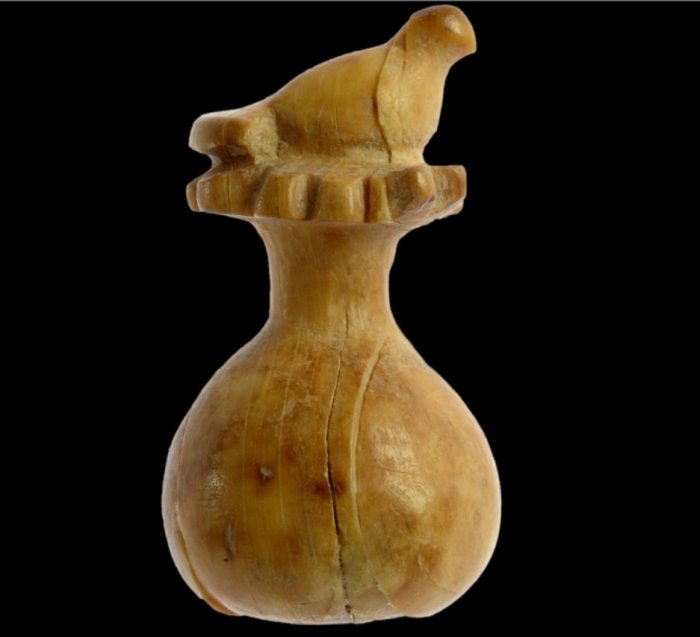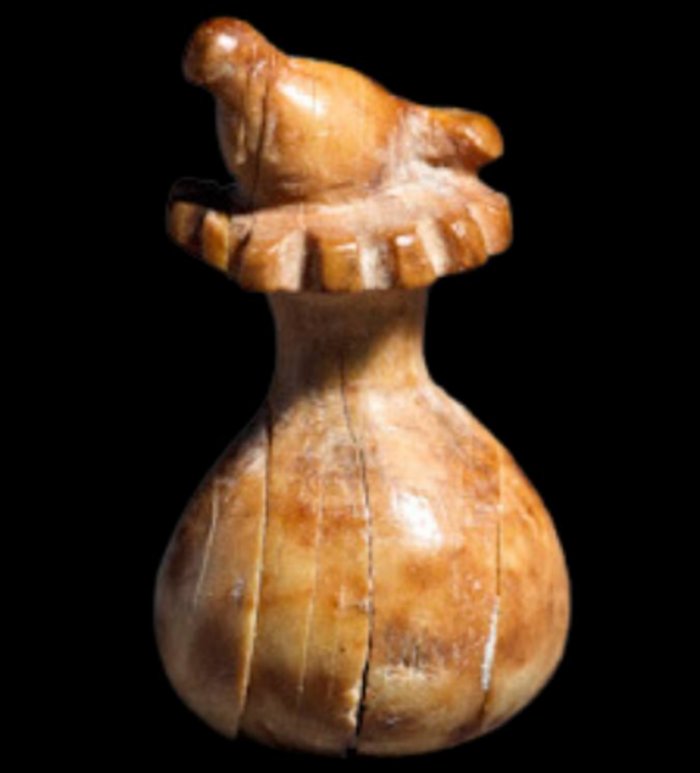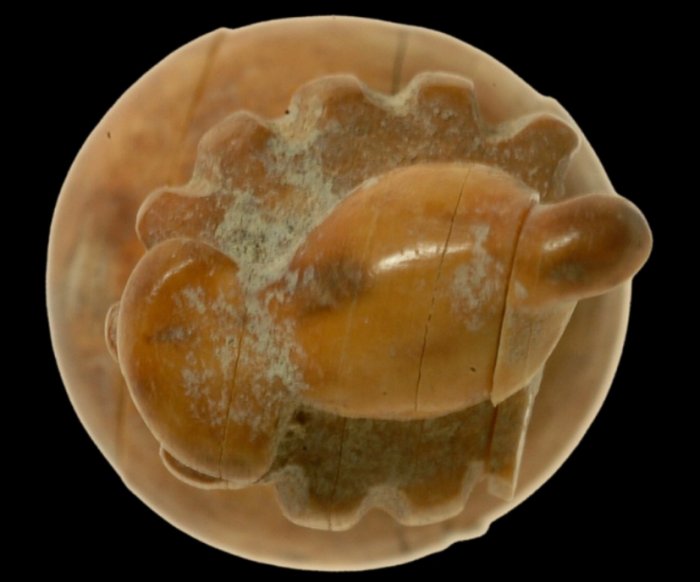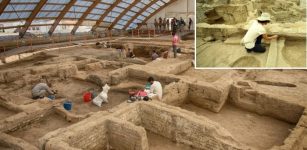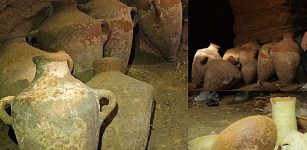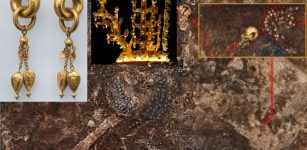The Dove And The Pomegranate: Who Was The High-Ranking Lady Who Owned This Unique Artifact In The First Temple Period?
Conny Waters - AncientPages.com - A luxurious artifact carved out ivory dating from the time of the Kingdom of Judah period (9th–8th centuries BCE) was uncovered during an archaeological excavation carried out in the City of David National Park in Jerusalem, an area considered to be a residential area of the Jerusalem elite.
Image credit: Clara Amit, Israel Antiquities Authority
The artifat was found while archaeologists - led by Prof. Ronny Reich and Eli Shukron on behalf of the Israel Antiquities Authority - were sifting earth at the site in 2007.
The 2-cm-high carved artifact depicts a dove seated on a pomegranate.
A small hole on the base of the pomegranate indicates that the artifact was probably originally attached to a small rod.
Debbie Ben-Ami, Senior Curator of the Iron and Persian periods at the Israel Antiquities Authority says.
Image credit: Clara Amit, Israel Antiquities Authority
“This delicate shaft head is quite unique, as small pomegranate shaft heads dating to this early period have been found in the past, but this one is distinguished by the combination of the dove and the pomegranate– two symbols that are predominantly associated with women."
"The pomegranate is perceived as a symbol that bestows blessings upon women, due to its abundant seeds and its strong red color. The dove has served since very ancient times as a symbol of female deities, such as Ishtar in Mesopotamia, and most likely also of local goddesses in the Land of Israel.”
Image credit: Clara Amit, Israel Antiquities Authority
The prestigious ivory from which the shaft head was carved, as well as the pomegranate and dove that are depicted, emphasize the uniqueness of the find and its association with women.
According to Debbie Ben-Ami, “An object of this kind could have had various uses, such as a hairclip or a cosmetic tool, or perhaps even a spindle whorl used for weaving wool or linen, crafts practiced by women. It seems that this delightful artifact was owned by a woman of high status in the community who resided in the City of David at the time of the Kingdom of Judah.”
Written by Conny Waters - AncientPages.com Staff Writer

